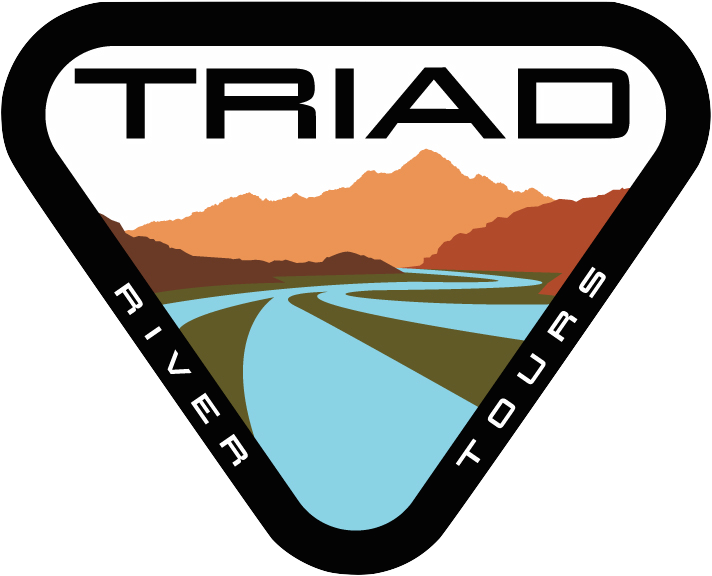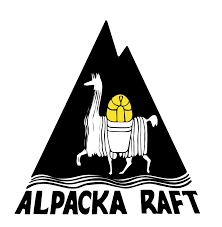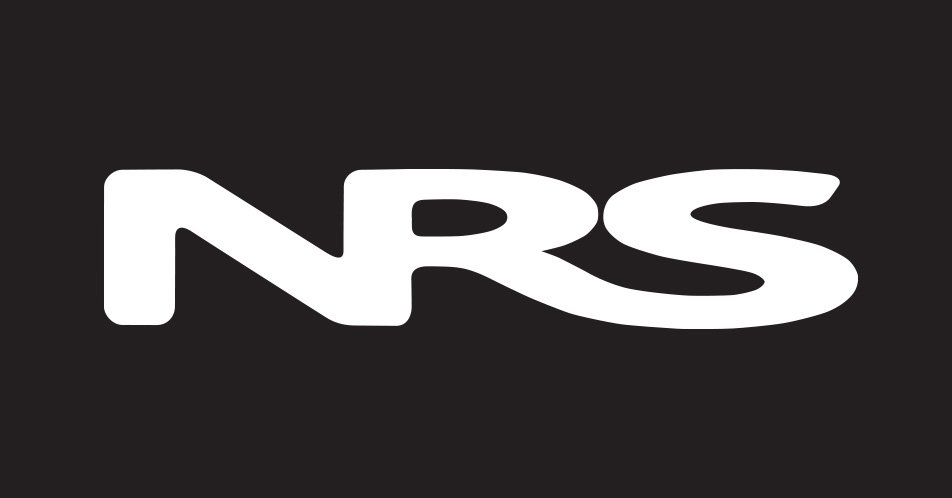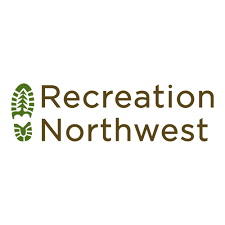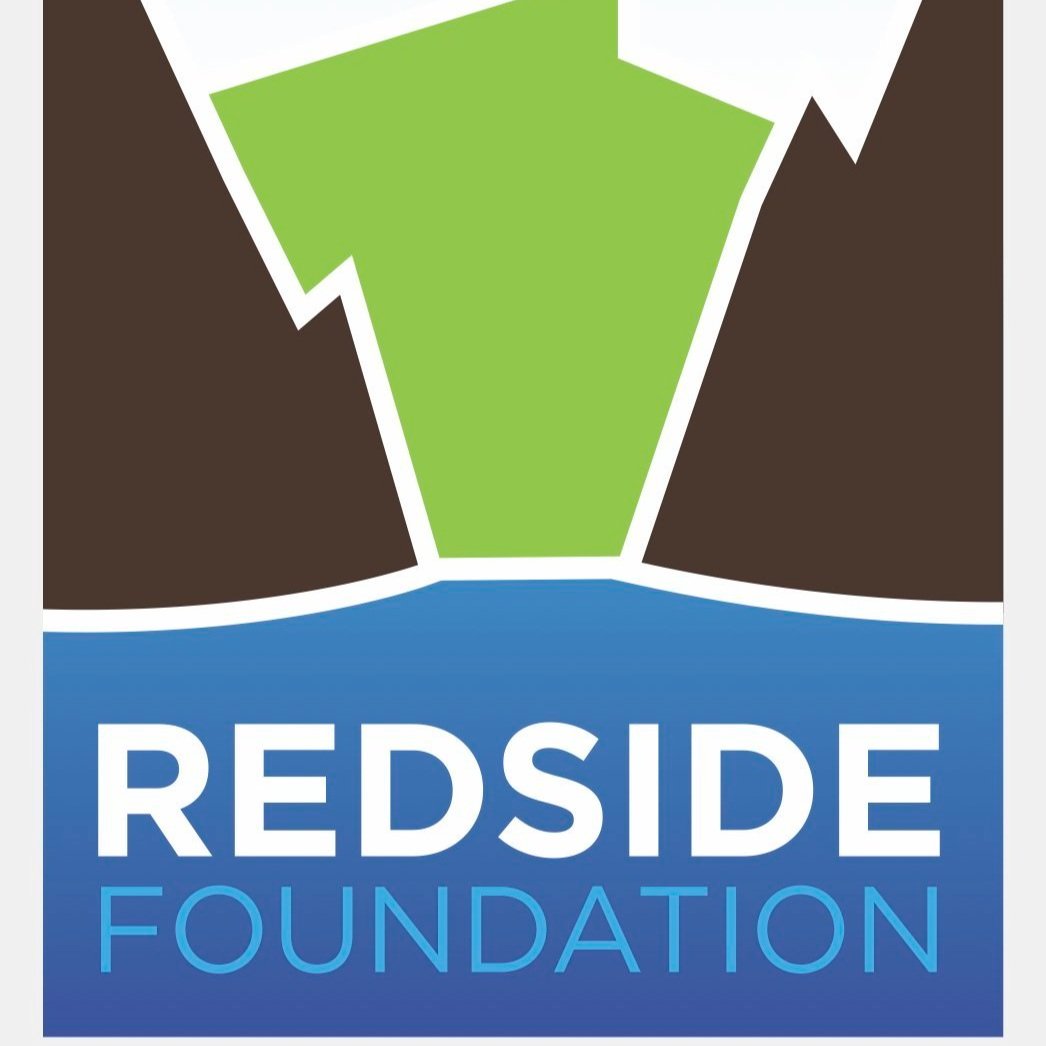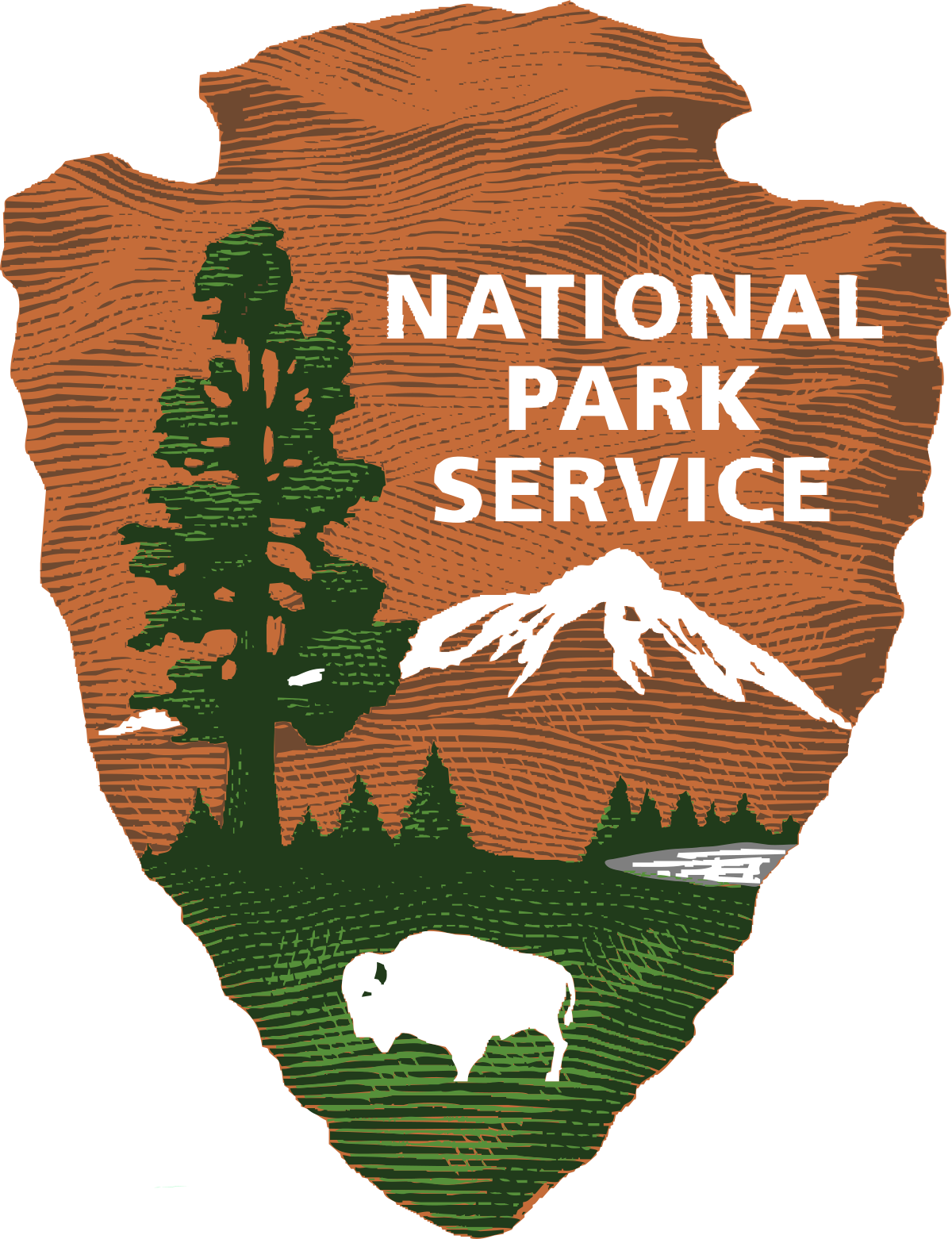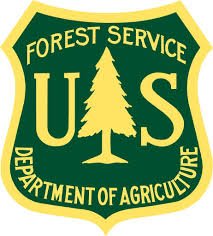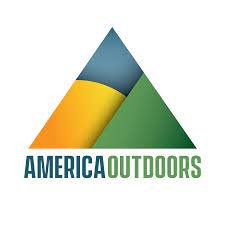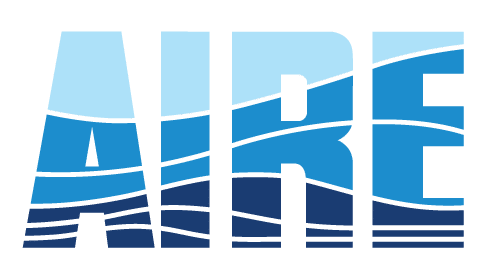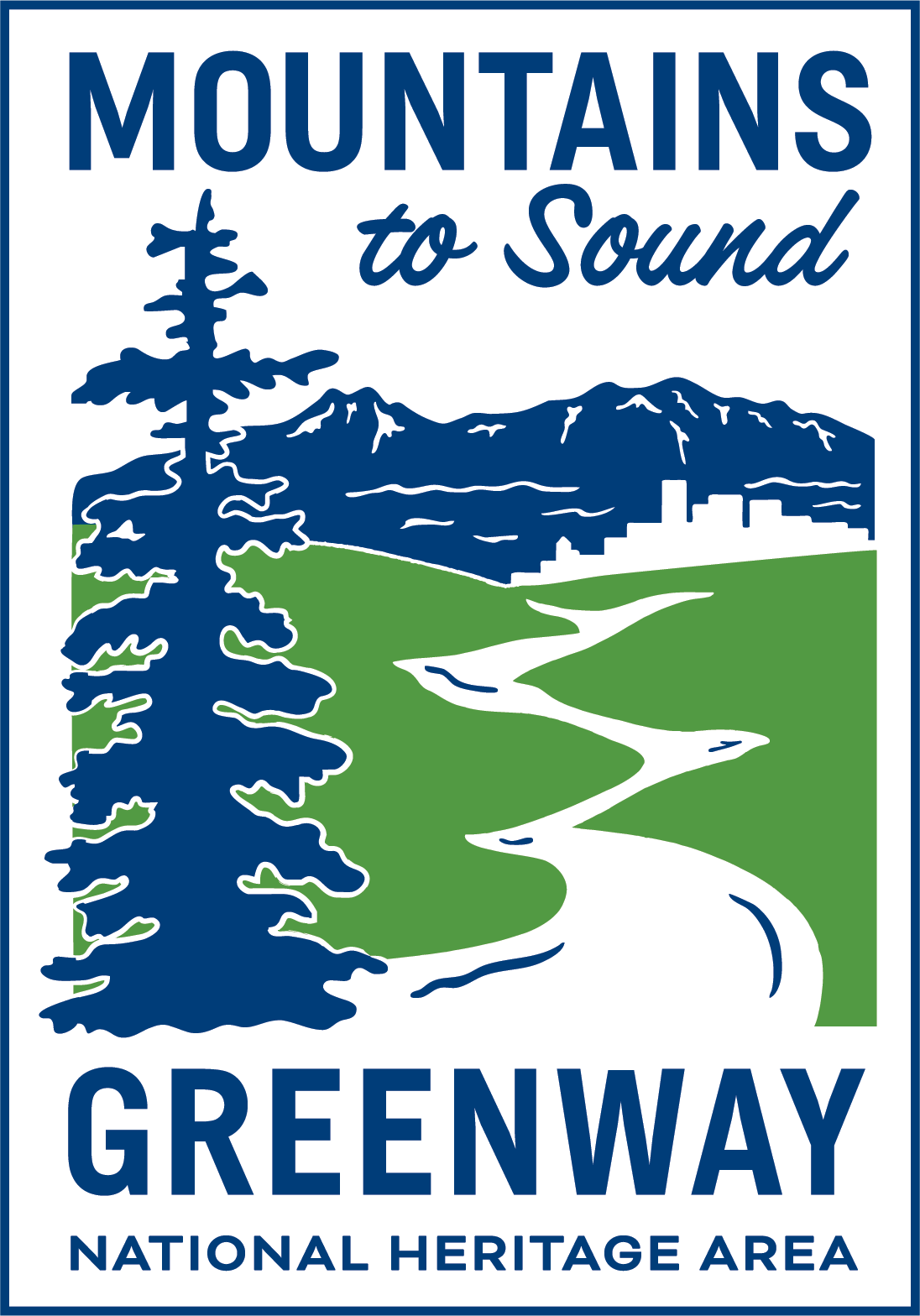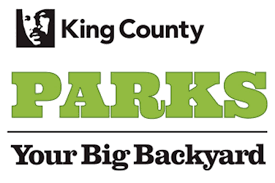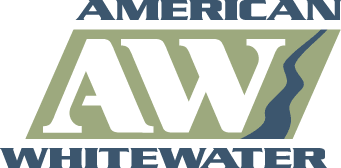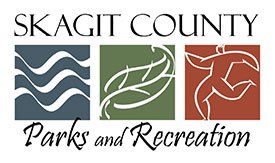2 Day Private Personalized Beginners Kayak Intensive (Maximum 3 people)
Day 1: Flatwater skills and roll Practice On Lake Whatcom
Costumer Considerations:
- Personal ability, Swimming ability and Fitness
- conditioning and warm up
- Safe paddle and boat handling
- Safety and rescue considerations
- Personal equipment (reviewed by Instructor)
- Judgment.
- In addition to learning hard skills, the importance of developing personal judgment and group responsibilities
Getting started Talk:
Equipment:
- Kayak:types & parts
- Paddle: types, parts, length and hand position
- Life jackets (PFDs): fit and regulations
- Appropriate clothing: comfortable / protective
- Additional Personal and Group Equipment: Extra paddle, dry bags, water, food, sponge, hat, eyeglass strap, whistle, foot protections, bug spray, sunscreen, first aid kit and location of equipment.
- Warm up to reduce injury
Off The Water Skills:
- Kayak carries
- Loading and unloading,
- racks, tie down Demo using straps or line and knots to secure craft to vehicle
- Launching/landing from land or docks
- Kayak Trim Posture, rocking and balance
- Basic Terminology Outfitting
- Land & water etiquette
On The water Skills:
Rescue:
- All participants are to be asked to demonstrate a controlled capsize and an appropriate rescue.
- Water comfort and confidence
- Controlled capsize / wet exit Swim the boat to shore (short distance)
- Emptying a kayak
- Deep water exit / re-entry
- Assisted Rescues - T / X-rescue
Others Maneuvers:
- Spin: boat pivots in place
- Abeam: boat moves sideways without headway
- Forward: boat goes forward in a reasonably straight line
- Stopping: boat stops within a reasonable distance
- Strokes: Forward Back (stopping) Draw Sculling draw/brace Sweep (including Stern Draw) Reverse Sweep Rudder
- Low brace to avoid capsize
Kayak Roll:
- Acquaint student with proper hand placement and indexing of paddle
- Student rolls to the on-side (instructor supports student by PFD just above water surface and guides paddle from the setup to the sweep position
- Allow student to set-up and sweep on their own with your support
- Student rolls away from the instructor in the proper setup position (instructor awaits for paddle to surface and then helps guide paddle into proper sweep position and provides support for hip snap)
- Putting it all together
- Guide paddle into position by lightly supporting thes weeping blade ensuring proper blade angle and orientation
- Minimally assist by standing at stern and twisting boat upright if needed
- Revisit any previous step to further develop needed skills
- Carefully observe students for fatigue and confusion
- Encourage students to work with partners when they are awaiting their one-on-one time
- Provide and encourage breaks
Day 2: Whitewater Skills on Class 1-2 River
Getting Started Talk:
- Warm-up and stretching
- How to pick up a kayak safely
- Car topping: loading and unloading, racks, straps Launching and landing
- Boarding, three points of contact, weight kept low, etc
- Posture, safety, comfort, effectiveness, rocking, balance
- Water comfort and confidence
- Wet exits
- How to empty a kayak Basic Terminology
- Types of strokes: power, turning
- Stroke components: catch, propulsion, recovery (CPR), control, correction
- Safe and effective body usage
Equipment:
- Life Jackets (PFDs): types, fit
- Kayaks: types, materials, parts (including safety features such as flotation)
- Paddles: types, materials, parts, length, blade size & shape, hand position.
- Spray skirts: types & material, grab loop!
- Care of equipment
- Personal equipment: water, food, shoes, hat, sunscreen, bug repellent, sun glasses, eyeglass straps, protective clothing for heat or cold, sponge, bailer/pump, whistle, knife, light
- Optional equipment and outfitting
Skills:
- River Reading: Current speed, direction and changes caused by streambed features
- Safety & Rescue: Exercising judgment, safety as a state of mind.
- Principles of Rescue Priorities: first people, then boats, finally other gear
- Responsibilities of the victim Responsibilities of the rescuers
- Responsibilities of the group
- Types of Rescue
- Self Rescue
- Boat assisted rescue, towing or bulldozing a tired swimmer, towing or bulldozing a capsized boat Shoreline
- Rescue: Extension rescues, use of throw ropes/bags
- Maneuvers: J-lean /
- Heeling the boat
- Paddling in a reasonably straight line.
- Spins
- Stopping
- Ferries
- Eddy
- Turns
- Peel Outs
